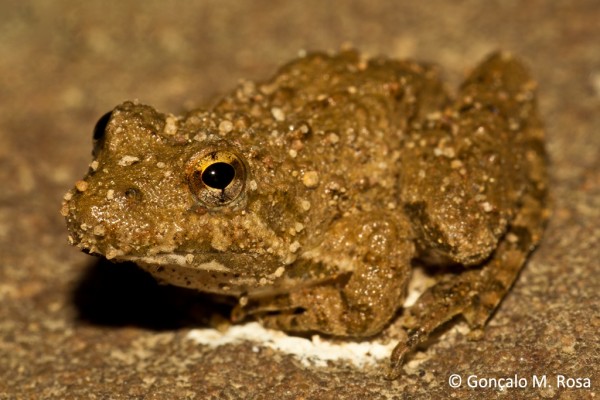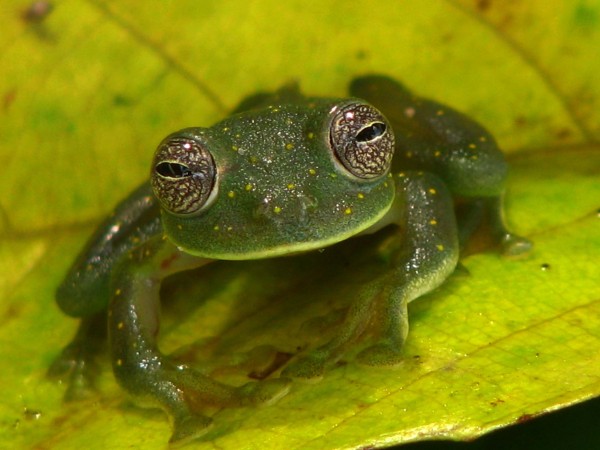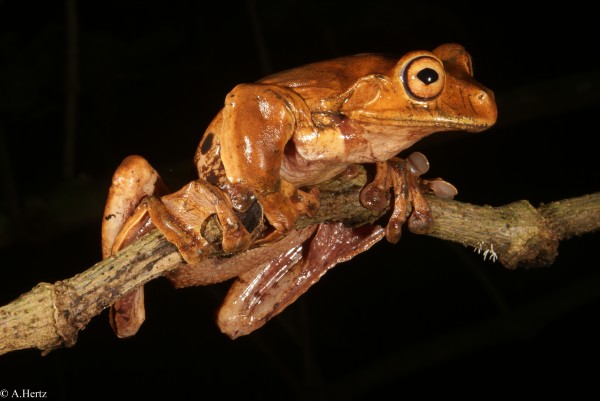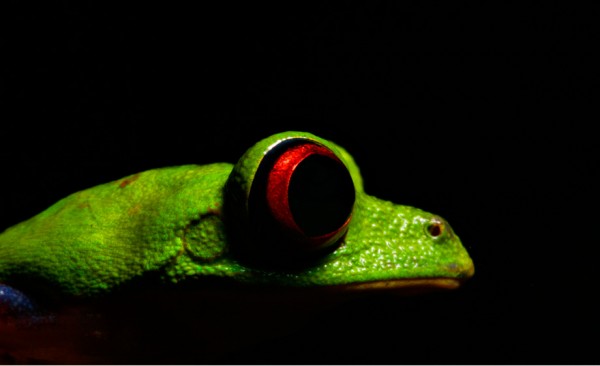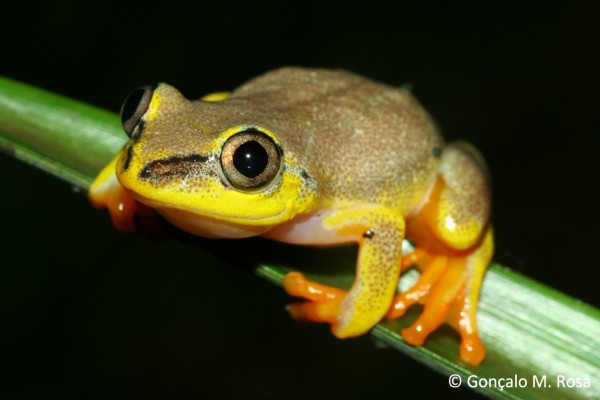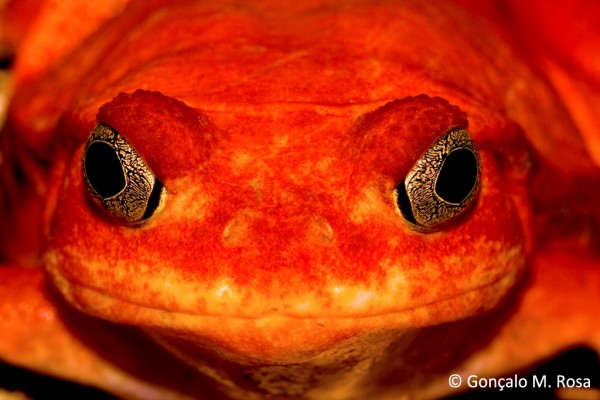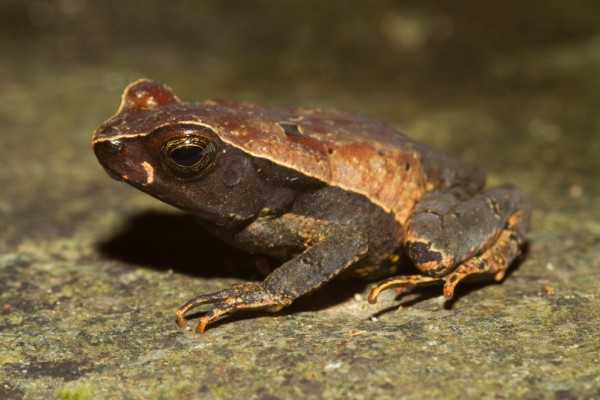Cute Frog of the Week: April 15, 2012
Talk about a frog that can’t seem to make up its mind! The Northern cricket frog looks like a toad and sounds like a bird, though it is really a tree frog that prefers living near lakes.
One of the smallest of North America’s vertebrates, these tiny frogs usually range from 0.75 inches to 1.5 inches in length. Their color patterns vary from browns to grays to greens, often in irregular blotchy patterns, and there is often a darker triangular mark on the back of their heads. They also tend to have bands of darker pigment on their legs, a lighter band that runs from the eye to the base of the foreleg, and sometimes a slightly lighter band of color that is present down the spine. Due to their size and camouflage, it is not easy to spot these guys!
Because of the bumpy, “warty” texture of their skin, these frogs are often mistaken for toads by those who manage to spot them. However, they are not—they do not have parotid glands near the back of their heads, which can secrete toxic substances and are common to toads. In addition, even though they are tree frogs, they do not have enlarged toe pads to help them climb. This may be one of the reasons that these so-called ‘tree frogs’ don’t actually spend much time in the trees.
Northern cricket frogs are diurnal and active throughout much of the year except for when it is so cold that the water freezes. They are most commonly found in the eastern half of the United States, and tend to be heard most during mating season from late April to late July or early August. Their call is a sharp “glick-glick-glick” similar to that of many small birds and described as two glass marbles being struck together. They also migrate each spring and autumn through several different types of habitats, but little is known about this behavior.
Being a small prey species, their main defense strategy is to swim or hop away from danger as fast as possible, and despite their small size, they have been seen to leap more than 6 feet in a single jump. That’s equivalent to an average 6 foot-tall human jumping 288 feet in a single bound! They have also been seen to make a series of smaller jumps in a zigzag to throw off predators before diving underwater.
These frogs prefer to live along the banks of slow moving bodies of water, such as lakes or ponds as opposed to in trees, though they can be found in lower vegetation as well. They hibernate upland, away from icy water when the weather gets very cold. Northern cricket frogs are considered endangered in Minnesota and Wisconsin, threatened in New York, and as a species of special concern in Indiana, Michigan and West Virginia.
Photo by Gonçalo M. Rosa via ARKive.
Every week the Panama Amphibian Rescue and Conservation Project posts a new photo of a cute frog from anywhere in the world with an interesting, fun and unique story to tell. Be sure to check back every Monday for the latest addition.
Send us your own cute frogs by uploading your photos here: http://www.flickr.com/groups/cutefrogoftheweek/

